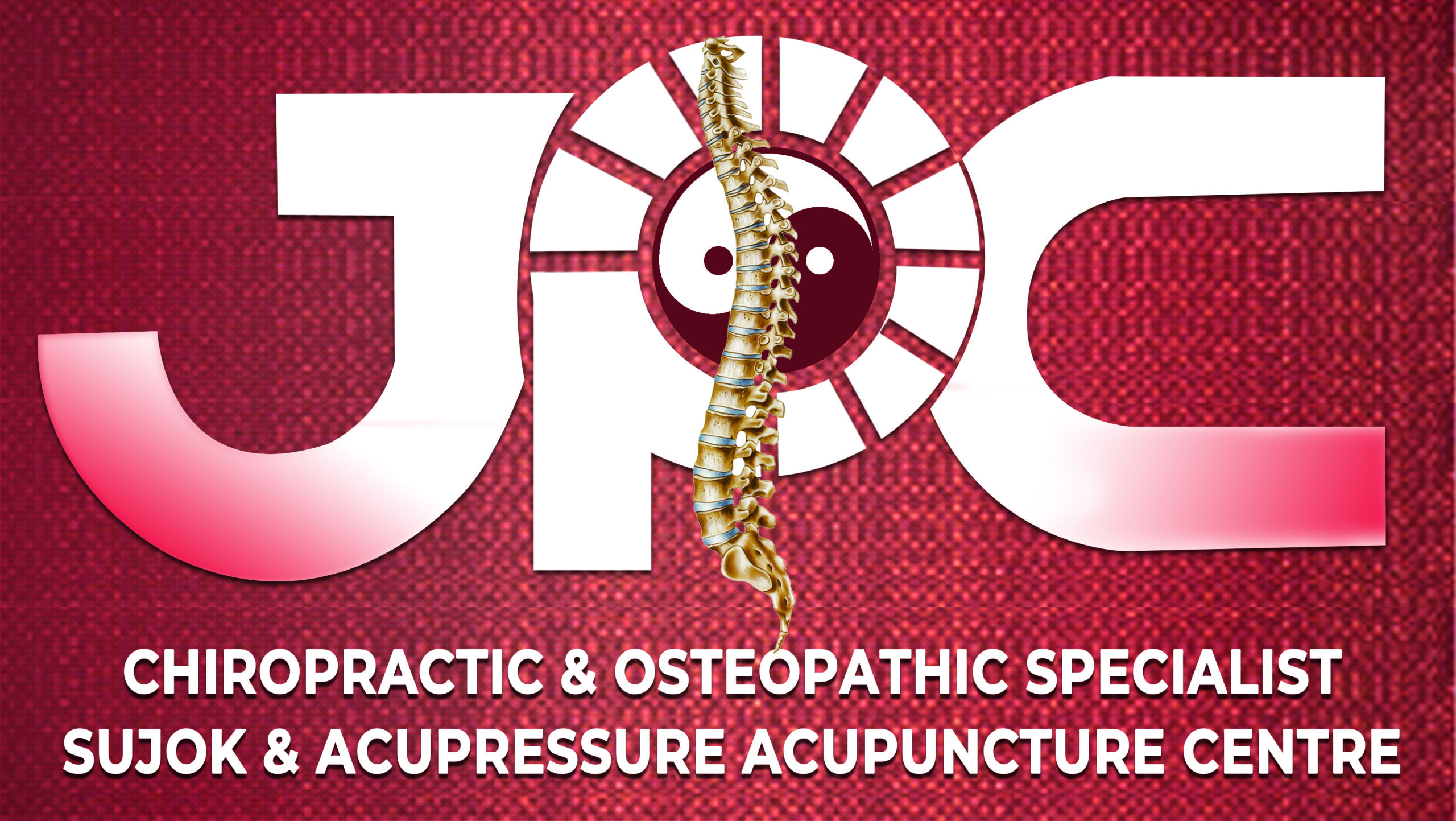**Full Body Joint Alignment:**
1. Introduction to Full Body Joint Alignment:
– Importance of proper joint alignment for overall body function.
– Definition of joint alignment and its impact on posture and movement.
– Common issues related to misaligned joints.
2. The Skeletal System and Joint Anatomy:
– Overview of the skeletal system and its role in supporting the body.
– Types of joints in the body (ball-and-socket, hinge, pivot, etc.).
– Understanding joint structure and function.
3. Common Causes of Joint Misalignment:
– Poor posture: Slouching, rounded shoulders, forward head posture.
– Muscular imbalances: Weak or tight muscles pulling joints out of alignment.
– Injury or trauma: Sprains, fractures, or dislocations affecting joint alignment.
– Age-related changes: Degeneration of cartilage and joint structures.
4. Effects of Joint Misalignment:
– Musculoskeletal pain: Back pain, neck pain, joint pain.
– Reduced range of motion and flexibility.
– Increased risk of injuries and overuse syndromes.
– Impact on overall body mechanics and movement efficiency.
5. Assessing Full Body Joint Alignment:
– Postural assessment: Observing standing, sitting, and walking posture.
– Range of motion testing: Checking joint mobility and flexibility.
– Functional movement analysis: Evaluating movement patterns and compensations.
6. Correcting Joint Misalignment:
– Posture correction exercises: Strengthening weak muscles and stretching tight muscles.
– Joint mobilization and manipulation techniques.
– Physical therapy and rehabilitation exercises.
– Ergonomic adjustments in daily activities and work environment.
– Custom orthotics or shoe inserts for foot and ankle alignment.
7. Maintaining Optimal Joint Alignment:
– Regular exercise to strengthen muscles and improve joint stability.
– Stretching and flexibility exercises to maintain joint range of motion.
– Practicing good posture during daily activities and while sitting or standing.
– Taking breaks and avoiding prolonged static positions.
– Seeking professional help for guidance on body mechanics and alignment.
8. When to Seek Professional Help:
– Chronic joint pain or discomfort.
– Noticeable postural abnormalities or asymmetries.
– Limited range of motion affecting daily activities.
– Persistent joint instability or recurrent injuries.
– Suspected joint misalignment due to injury or trauma.
It’s important to note that the information provided here is for educational purposes only and should not replace medical advice. If you have concerns about your joint alignment or are experiencing symptoms, it’s crucial to consult with a healthcare professional or a qualified physical therapist for accurate assessment, personalized advice, and appropriate treatment options.




